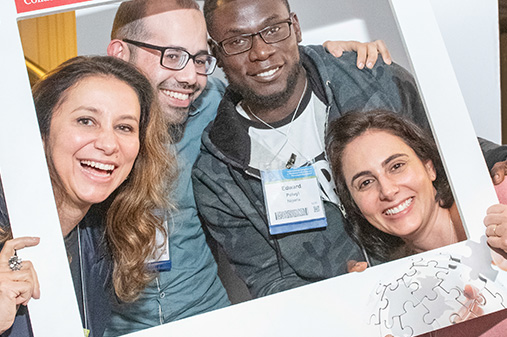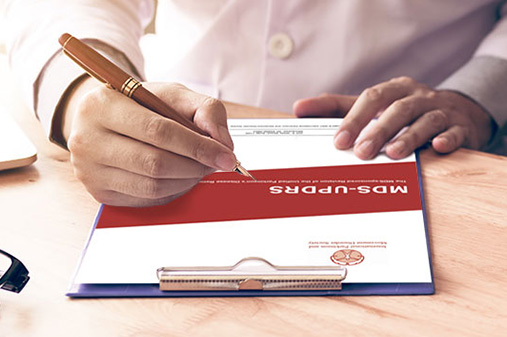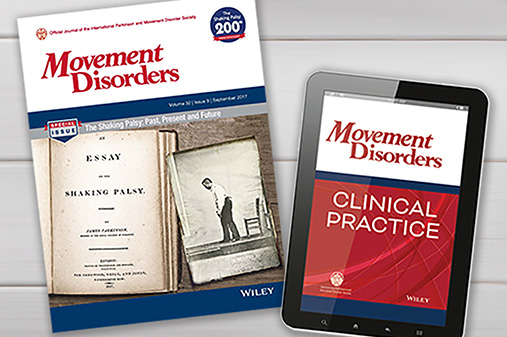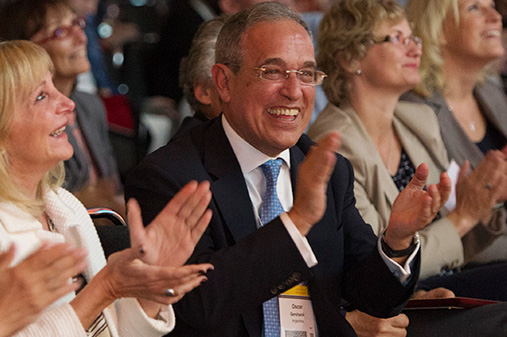International Congress Scientific Program Committee

Ron Postuma, Canada
Chair

Beomseok Jeon, Korea
Co-Chair
Roy Alcalay, Israel
Jonathan Carr, South Africa
Han-Joon Kim, Korea
Thomas Kimber, Australia
Gabor Kovacs, Canada
Chin-Hsien Lin, Taipei
Davide Martino, Canada
Niccolo Emanuele Mencacci, USA
Genko Oyama, Japan
Sanjay Pandey, India
Cecilia Peralta, Argentina
Irena Rektorova, Czech Republic
Maria Rodriguez-Oroz
Huifang Shang, China
Andrew Siderowf, USA
Laura Silveira-Moriyama, Brazil
Per Svenningsson, Sweden
Maria Stamelou, Greece
Laura Williams, Ireland
Ad Hoc members:
David Burn, Ireland
Francisco Cardoso, Brazil
Marina De Koning-Tijssen, Netherlands
Francesca Morgante, United Kingdom
Elina Sarva, Spain
Elina Tripoliti, Greece
MDS Staff Liaisons: Shannon Fraaza
About the Committee
Purpose: To develop the scientific program for the International Congress.
Committee Role
The CSPC plans and organizes the annual Congress scientific program of The International Parkinson and Movement Disorder Society (MDS). The CSPC also selects the nominees for the Stanley Fahn and C. David Marsden lectures.
Committee Selection
The CSPC consists of a Chair who is selected by the MDS President for a term of two years. The Chair of the CSPC is assisted in his/her tasks by three co-chairs: the Chair of the local committee from the preceding Congress; the Chair of the local committee for Congress in preparation, and the Chair of the local committee for the upcoming Congress; thus the composition of the CSPC co-chairs changes every year.
In addition, the CSPC is comprised of approximately 20 regular members (see below) who are nominated by the Chair of the CSPC. After approval by the MDS President, these experts are invited to serve for a period of two years; yet, to assure both continuity and renewal, every year approximately 50% of the committee is changed. All members are renowned experts in a specific field of Movement Disorders raging from clinical practice to basic science and represent different regions of the world. The CSPC is also comprised of ad-hoc members: the current MDS President; one of the two current editors of the Movement Disorders Journal; the Chair of the Education Committee; the Chair of the Industrial Relations Committee; the Chair of the Continuing Medical Education Committee and the Chair of the International Congress Oversight Committee.
Scientific Program Development Process
1. A general topic for the Congress is chosen at an in-person meeting of the CSPC at the current MDS Congress and general ideas for the next Congress(es) are discussed (for example, introduction of the "Video Challenge").
2. The CSPC carefully performs an environmental scan which includes reviewing multiple sources of needs assessment data and outcomes analysis data. This includes a review of the session evaluation summary data from the previous Congress and data collected from other sources such as the MDS educational needs assessment survey.
3. Over the course of several months, the CSPC assembles a draft of the scientific program. The CSPC ensures that there are a variety of learning modalities that allow participants to maintain, develop, or increase their knowledge, skills and professional performance and relationships that they use to provide services for patients, the public or the profession. Therefore, the Congress consists of plenary sessions, parallel sessions, teaching courses, video sessions, skills workshops, and controversy debates. For this, suggestions from members of MDS are taken into account. About 50% of the program is dedicated to various aspects of parkinsonism, whereas the remaining 50% addresses other movement disorders.
As the Congress moves from global region to region, there is generally only a 30% overlap in audiences from successive congresses. Therefore, it is important that specific content be carried through two or three Congresses, whereas other content is replaced and changed every year.
4. Working groups (e.g. clinical trials, genetics, education) prepare suggestions that are then discussed at regular conference calls with all members of the CSPC. About two months prior to an in-person meeting (in the late summer) of all available CSPC members, there are weekly conference calls to complete the program draft.
5. At the in-person meeting of the CSPC, the program is finalized. As the CSPC develops and vets the content for Congress, content is validated for its scientific integrity and reviewed to ensure lack of commercial bias. After this process the speakers are then selected.






